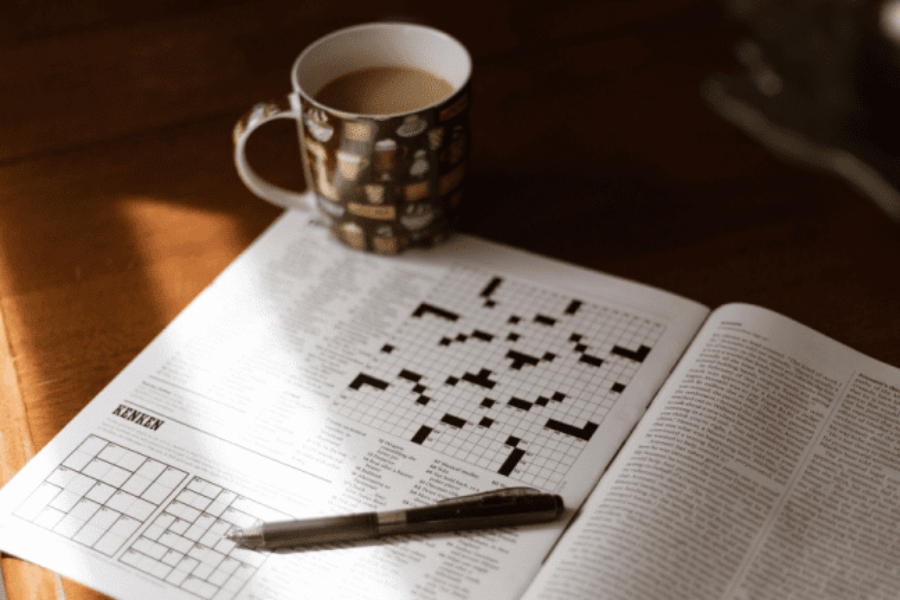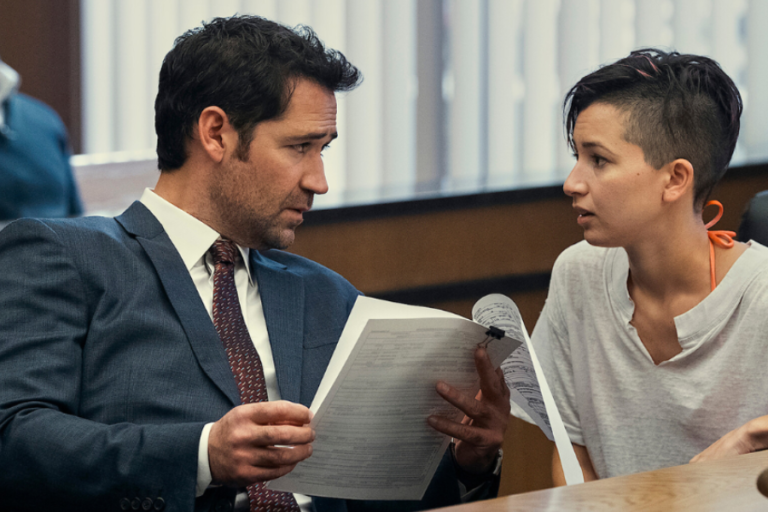The Allure of the NYT Crossword: Unlocking the Secrets Behind Latching Onto Clues And More
The New York Times Crossword is much more than a daily puzzle; for many, it’s a cherished ritual, a mental workout, and a source of immense satisfaction. The thrill of solving each clue, seeing the grid gradually fill up, and finally completing the puzzle is an experience like no other. It’s no wonder that so many people become hooked on NYT crossword clues, eagerly awaiting each day’s new challenge. The puzzles vary in difficulty throughout the week, from the more accessible Monday puzzles to the highly challenging Saturday ones, with the Sunday puzzle being a larger, more complex version that demands a unique approach to solve effectively.
Tradition of Excellence in Puzzle Design
Since its inception in 1942, the New York Times Crossword has set the gold standard for crossword puzzles. The puzzle’s evolution under the guidance of various editors has only strengthened its reputation. Will Shortz, who has been the crossword editor since 1993, continues to uphold the tradition of excellence. Each puzzle is meticulously crafted, blending clever wordplay, cultural references, and fresh themes. This dedication to quality is why so many solvers around the world are drawn to NYT crossword clues every day. Whether you’re a novice or a seasoned crossword enthusiast, the NYT Crossword offers something for everyone, challenging your mind and rewarding your efforts.
Strategies to Latch Onto NYT Crossword Clues
While the puzzles can be daunting, particularly for newcomers, there are certain strategies that can help you latch onto NYT crossword clues more effectively. Understanding these tactics can enhance your solving experience, making even the toughest puzzles more approachable.
Start with the Easiest Clues
One of the most effective strategies for tackling the NYT Crossword is to start with the easiest clues. These often include fill-in-the-blank clues or answers that are common in crossword puzzles. By beginning with these simpler clues, you can establish a foothold in the grid, which in turn makes it easier to solve the more challenging clues. For example, if you encounter a straightforward clue like “A four-legged animal (3 letters),” the answer “CAT” provides a starting point that might unlock other parts of the puzzle.
Pay Attention to Clue Wording
The wording of each clue can offer valuable hints about the answer. Understanding common crossword conventions, such as abbreviations, wordplay, and puns, is key to quickly latching onto NYT crossword clues. For instance, if a clue ends with a question mark, it typically signals a pun or wordplay, suggesting that the answer is not to be taken literally. Additionally, clues might use abbreviations or other shorthand that requires familiarity with crossword lingo. By paying close attention to these details, you can decipher clues more efficiently.
Leverage Cross-References
Cross-references within the puzzle are another valuable tool for solvers. These references can link two or more clues together, allowing you to use the answer to one clue to help solve another. For example, if one clue reads “See 14-Across,” solving the 14-Across clue first can give you the answer needed for the cross-reference. This interconnectedness is a hallmark of the NYT Crossword, and leveraging it effectively can make seemingly impossible clues much more manageable.
Use Crossword Solving Tools
In today’s digital age, a variety of tools are available to assist in solving even the most difficult puzzles. While some purists prefer to tackle the crossword unaided, others find that using a crossword dictionary or a solving app can be invaluable, especially when you’re stuck on a particularly tricky clue. These tools can not only help you latch onto NYT crossword clues but also expand your vocabulary and improve your overall solving skills.
The Joy of Latching Onto NYT Crossword Clues
There’s a unique joy in solving the NYT Crossword, particularly when you finally latch onto a clue that has been eluding you. The process of engaging with the puzzle, thinking creatively, and seeing the grid come together is immensely satisfying. Each solved clue is a small victory, and completing the entire puzzle brings a sense of accomplishment that few other activities can match.
Building a Community
The NYT Crossword community is a vibrant, welcoming group of puzzle enthusiasts who share tips, celebrate successes, and discuss the intricacies of the puzzles. Online forums, social media groups, and even local meetups provide spaces for solvers to connect with others who share their passion. Being part of this community can enhance your enjoyment of the puzzles and help you improve by learning from others. Discussing different strategies, sharing particularly tricky clues, and celebrating that satisfying “aha” moment together can make solving the NYT Crossword even more rewarding.
Personal Growth and Brain Training
Beyond the immediate gratification of solving a puzzle, there are long-term benefits to regularly engaging with the NYT Crossword. Studies have shown that solving puzzles like the NYT Crossword can improve cognitive functions such as memory, problem-solving skills, and mental agility. The mental challenge of latching onto NYT crossword clues stimulates your brain, keeping it sharp and engaged. Over time, this can contribute to overall brain health, making crossword puzzles a beneficial part of your daily routine.
The Complexity of “Latches Onto” in NYT Crosswords
Among the various clues that solvers encounter, some stand out due to their ambiguity and the amount of thought they require. One such clue is “latches onto,” which often appears in the New York Times Crossword. This clue is intriguing because it can take many forms, depending on the context of the puzzle. Whether you’re a beginner or an experienced solver, understanding the different interpretations of “latches onto” can enhance your crossword-solving skills.
Literal Interpretations
At its most basic level, “latches onto” could refer to the physical act of gripping or attaching to something. Common answers might include “CLASP” or “GRASP,” both of which convey a physical connection. These answers are often five-letter words, fitting neatly into many crossword grids and making them common solutions in the NYT Crossword.
Figurative Interpretations
Figuratively, “latches onto” can suggest an attachment to an idea or concept. In this case, possible answers might include words like “ADOPT” or “EMBRACE,” which convey a sense of commitment or acceptance. Understanding this broader interpretation of the clue can help solvers think outside the box and consider more abstract answers.
Metaphorical Use
The clue can also be used metaphorically to describe someone who is fixated on a belief or idea. In such cases, answers might include words like “OBSESS” or “FIXATE,” which indicate a strong, singular attachment. These interpretations add a layer of complexity to the puzzle, requiring solvers to think deeply about the possible meanings of the clue.
Staying Updated with Recent NYT Crossword Answers
Staying current with the most recent NYT crossword answers can provide valuable insights into how to approach future puzzles. For instance, recent answers like “LYE” for the clue “Caustic chemical compound” or “ALT” for “Keyboard key on the bottom” illustrate the variety of topics and knowledge areas covered by the crossword. By familiarizing yourself with these answers, you can better understand the types of clues and solutions that are common in the NYT Crossword, making it easier to solve similar puzzles in the future.
Related Crosswords and Expanding Your Skills
Examining related crossword clues is another effective way to enhance your problem-solving skills. For example, clues like “Caustic chemical compound” (answer: “LYE”) or “Comedian Maron” (answer: “MARC”) demonstrate how crosswords often rely on specific knowledge areas, such as chemistry or popular culture. By expanding your knowledge in these areas, you can improve your ability to solve a wider range of clues, making the entire crossword experience more enjoyable.
Strategies for Solving “Latches Onto” Clues
When it comes to solving the specific clue “latches onto,” several strategies can help you find the right answer:
Identify the Context: Consider the surrounding clues and answers to determine the context in which “latches onto” is used. This can provide hints about whether the clue is meant to be taken literally, figuratively, or metaphorically.
Think Laterally: Be open to different interpretations of the clue. “Latches onto” can refer to physical attachment, mental fixation, or even the social adoption of an idea or trend. By considering all possible meanings, you increase your chances of finding the correct answer.
Use Crossword Dictionaries: Crossword dictionaries and online databases can be invaluable resources for finding potential answers and understanding how similar clues have been solved in the past. These tools can help you navigate the complexities of clues like “latches onto” and improve your overall solving skills.
Practice Regularly: Regular practice with NYT crosswords will help you become familiar with common clues and answer patterns. The more you practice, the more intuitive solving clues like “latches onto” will become, allowing you to approach each puzzle with greater confidence.
Conclusion:
The Thrill of Latching Onto NYT Crossword Clues
Crossword puzzles are a unique blend of challenge and reward, requiring a mix of wit, knowledge, and lateral thinking. The clue “latches onto” is a prime example of the kind of clever, multifaceted hints that make the NYT Crossword so appealing. By understanding the different ways this clue can be interpreted and applying the strategies outlined above, you can enhance your crossword-solving abilities and enjoy the process even more.
“Uncover the latest celebrity news and trends at GlamourHeadline.com.”






